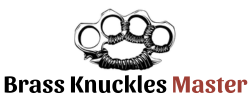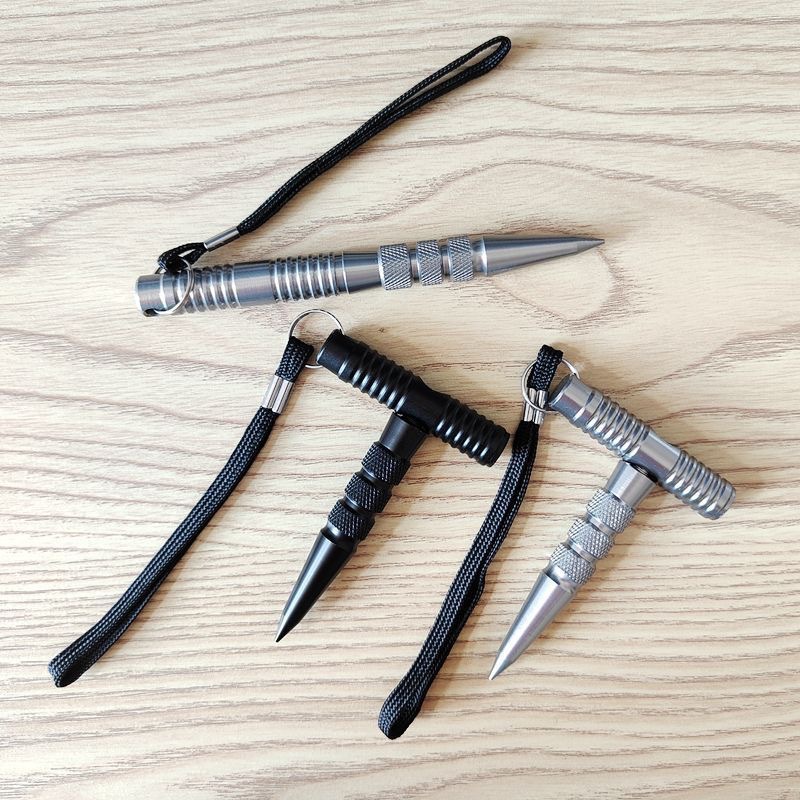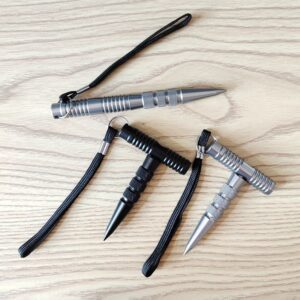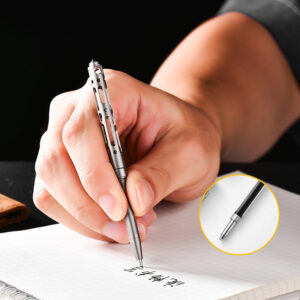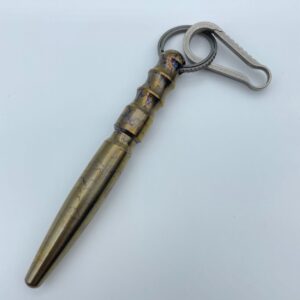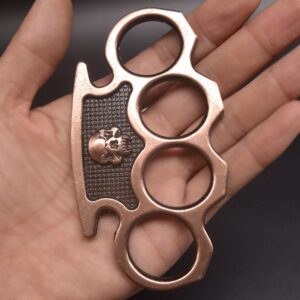No products in the cart.
How to Use a Tactical Pen for Self-Defense: A Step-by-Step Guide
Part 1: Understanding the Tactical Pen and Its Purpose
A tactical pen is a discreet, multifunctional tool designed to serve as both a writing instrument and a self-defense weapon. Unlike ordinary pens, it is constructed from durable materials like aircraft-grade aluminum or titanium, often featuring a pointed end, textured grip, and reinforced structure capable of withstanding high-impact force. Its unassuming appearance allows it to blend into everyday carry items, making it an ideal choice for individuals seeking a non-lethal means of protection without drawing attention.
The primary purpose of a tactical pen in self-defense scenarios is to create distance between you and an attacker by targeting vulnerable areas of the body. Its effectiveness lies in its ability to concentrate force into a small surface area, amplifying the impact of strikes. However, proficiency requires understanding its design, legal implications, and proper technique. Before deploying it, users must familiarize themselves with its components: the striking tip (often tapered or serrated), the body (textured for grip), and additional features like glass breakers or DNA catchers for forensic identification.
When selecting a tactical pen, prioritize ergonomics and durability. A poorly designed tool may fail under pressure or cause accidental injury. Test its weight distribution and grip comfort during rapid movements, as these factors influence control during high-stress situations.
Part 2: Legal and Ethical Considerations
Carrying a tactical pen for self-defense necessitates a thorough understanding of local laws and ethical boundaries. While it is legal in many jurisdictions, some regions classify it as a concealed weapon, requiring permits or outright prohibiting its carry. Research your area’s regulations regarding non-lethal weapons to avoid unintended legal consequences. For example, states like California and New York have stringent rules about carrying items deemed “offensive,” which could include tactical pens depending on their design.
Even when legally permissible, the use of force continuum must guide your actions. This framework dictates that your response should be proportional to the threat faced. A tactical pen is justified only when facing imminent bodily harm—such as an attempted assault—and not for minor confrontations. Striking an attacker’s eyes or throat could cause permanent injury, so ethical use demands restraint and clear judgment.
Additionally, consider the aftermath of deployment. Document the incident thoroughly and cooperate with law enforcement, as misuse could lead to civil or criminal liability. Training in de-escalation techniques is equally critical; the goal is to neutralize threats without escalating violence unnecessarily.
Part 3: Mastering Basic Self-Defense Techniques
Grip and Stance
A proper grip is foundational to effective use. Hold the pen firmly in your dominant hand, positioning your thumb along the shaft for stability. The ice pick grip (pointed end facing downward) allows for downward strikes, while the forward grip (point facing outward) enables jabbing motions. Pair this with a balanced stance: feet shoulder-width apart, knees slightly bent, and non-dominant hand raised to guard your face. This posture keeps you mobile and ready to pivot away from threats.
Target Selection and Striking Methods
Focus on vulnerable areas where minimal force can maximize impact:
- Eyes: A quick jab can disorient an attacker, creating an opportunity to escape.
- Throat: A thrust to the trachea disrupts breathing, temporarily incapacitating the assailant.
- Temples or Jawline: Strikes here can cause dizziness or loss of consciousness.
- Ribs or Solar Plexus: A well-placed strike may wind the attacker, reducing their mobility.
Use short, explosive movements rather than wide swings, which are slower and easier to counter. For example, a forward thrust mimics a boxer’s punch, driving the pen’s tip into soft tissue. Conversely, a slashing motion across the face or neck leverages the pen’s edges to inflict pain and deter pursuit. Practice these motions repeatedly to build muscle memory, ensuring precision under stress.
Part 4: Advanced Tactical Applications
Defensive Maneuvers and Counterattacks
In close-quarters combat, a tactical pen can double as a defensive tool. If grabbed, use the pen to strike the attacker’s forearm or wrist, targeting pressure points like the radial nerve to force release. Follow up with a strike to a vulnerable area while creating distance. For grappling scenarios, employ the pen as a pain compliance tool: digging it into the attacker’s inner thigh or armpit can break their grip.
Multiple Attackers and Environmental Awareness
Facing multiple assailants requires strategic movement to avoid being surrounded. Use the pen defensively to keep attackers at bay while positioning yourself near exits or obstacles. Quick, targeted strikes to the closest threat can create openings to disengage. If cornered, employ the pen’s glass-breaking tip to shatter windows or doors, facilitating escape.
Improvised Techniques
Beyond striking, a tactical pen can be used to block attacks. Parry incoming strikes with the pen’s body, redirecting force away from your centerline. In weapon-disarming scenarios, target the attacker’s weapon hand with precise strikes to weaken their grip, then follow with a counterattack.
Part 5: Training and Preparedness
Consistent Practice
Regular training is essential to wield a tactical pen effectively. Drills should simulate real-world scenarios, incorporating stress inoculation—practicing under fatigue or time constraints—to mimic adrenal responses. Partner exercises, such as sparring with padded attackers, help refine timing and accuracy.
Scenario-Based Drills
- Ambush Response: Practice drawing the pen quickly from a pocket or holster while evading a sudden attack.
- Ground Defense: Train in using the pen from a prone position, targeting an attacker’s legs or groin.
- Verbal Commands: Pair physical techniques with assertive shouts like “Back off!” to assert dominance and attract attention.
Mental Preparedness
Self-defense extends beyond physical skill. Cultivate situational awareness by scanning environments for exits, potential threats, and improvised weapons. Mental rehearsals of attack scenarios build cognitive resilience, reducing panic during actual confrontations. Additionally, familiarize yourself with emergency protocols, such as contacting authorities or administering first aid post-incident.
Equipment Maintenance
A tactical pen is only reliable if functional. Regularly inspect its components for damage, ensuring the striking tip remains secure and the body free of cracks. Replace ink cartridges as needed to maintain its appearance as an ordinary writing tool.
By integrating these strategies, a tactical pen becomes more than a weapon—it transforms into a lifeline, empowering users to navigate threats with confidence and precision.
